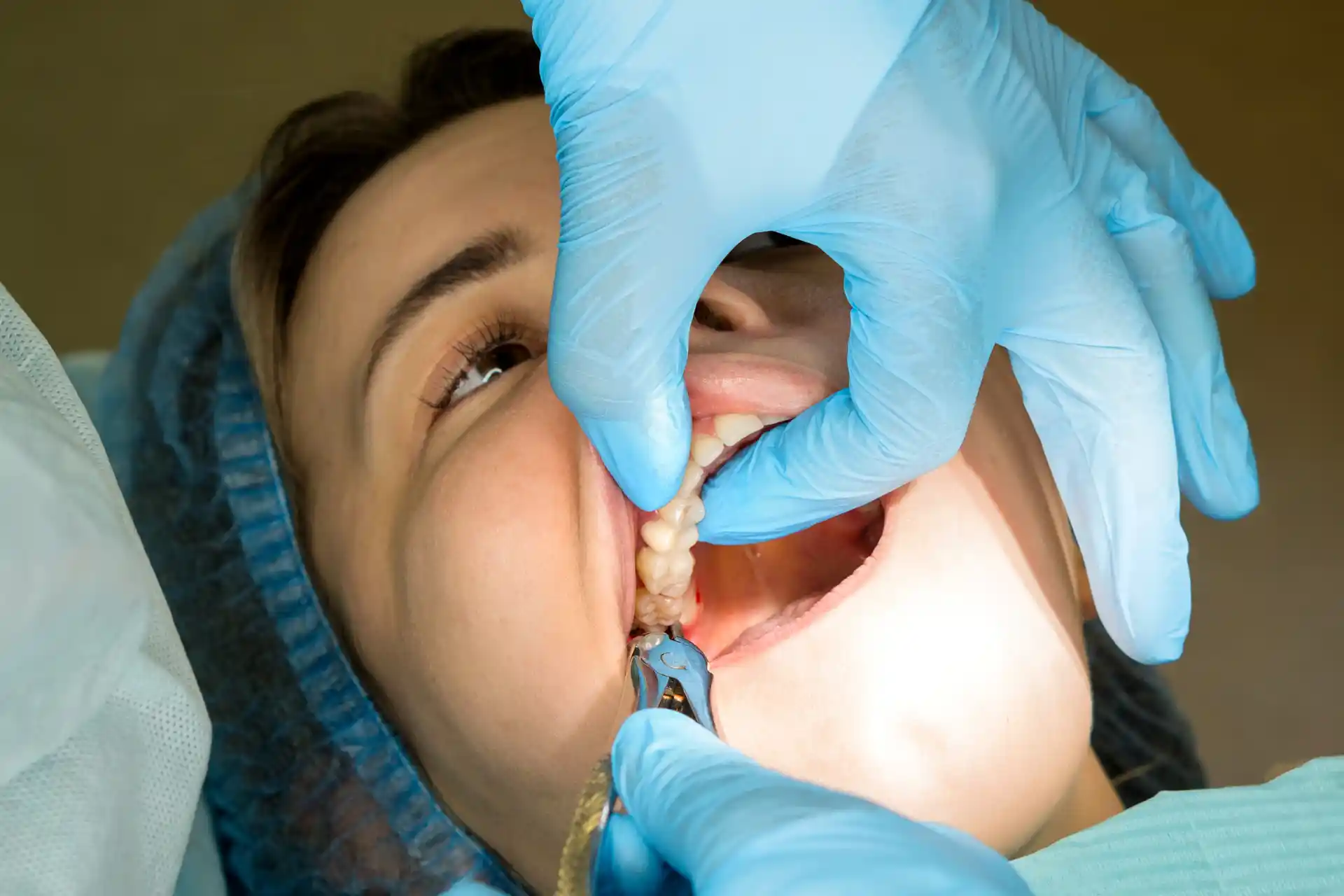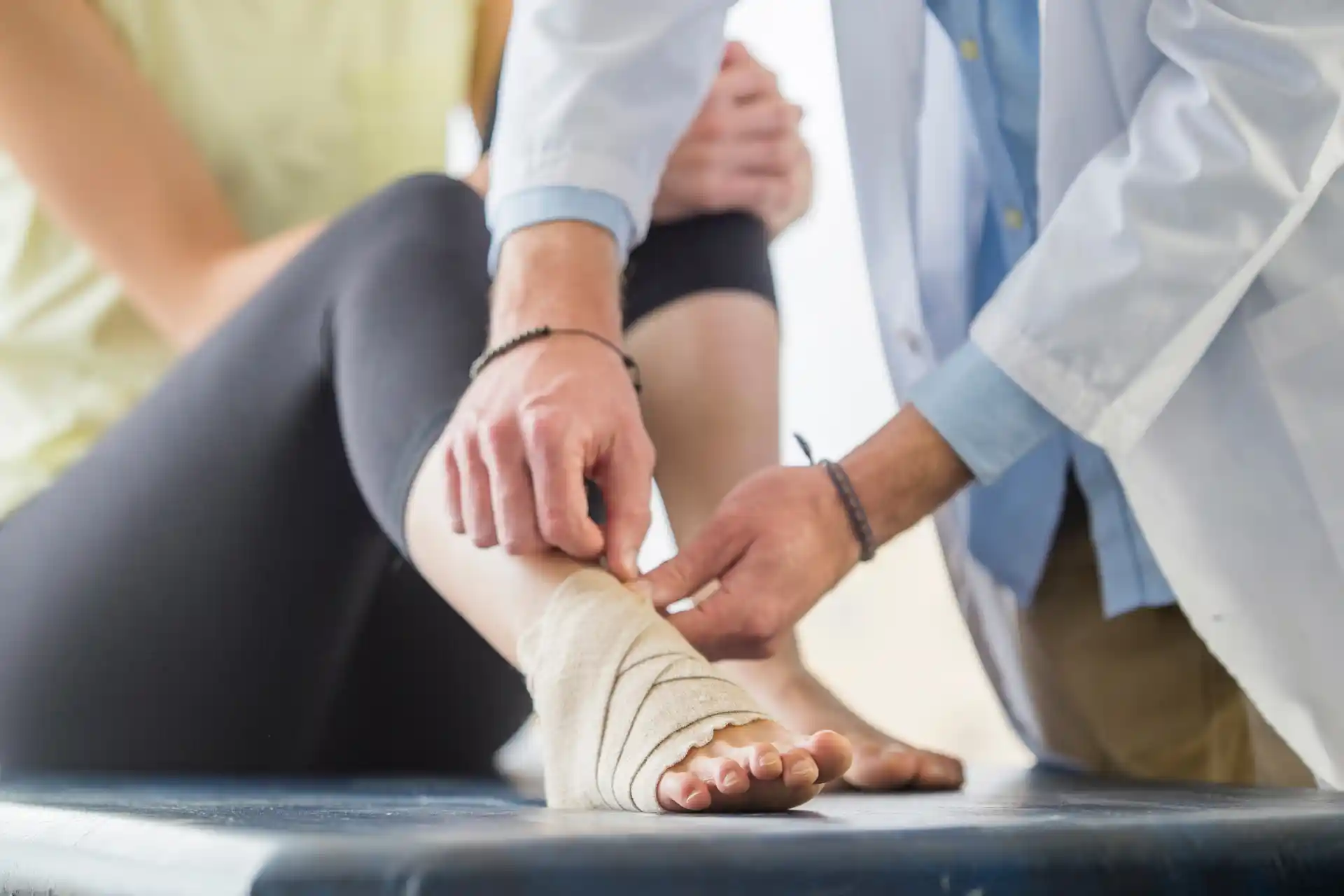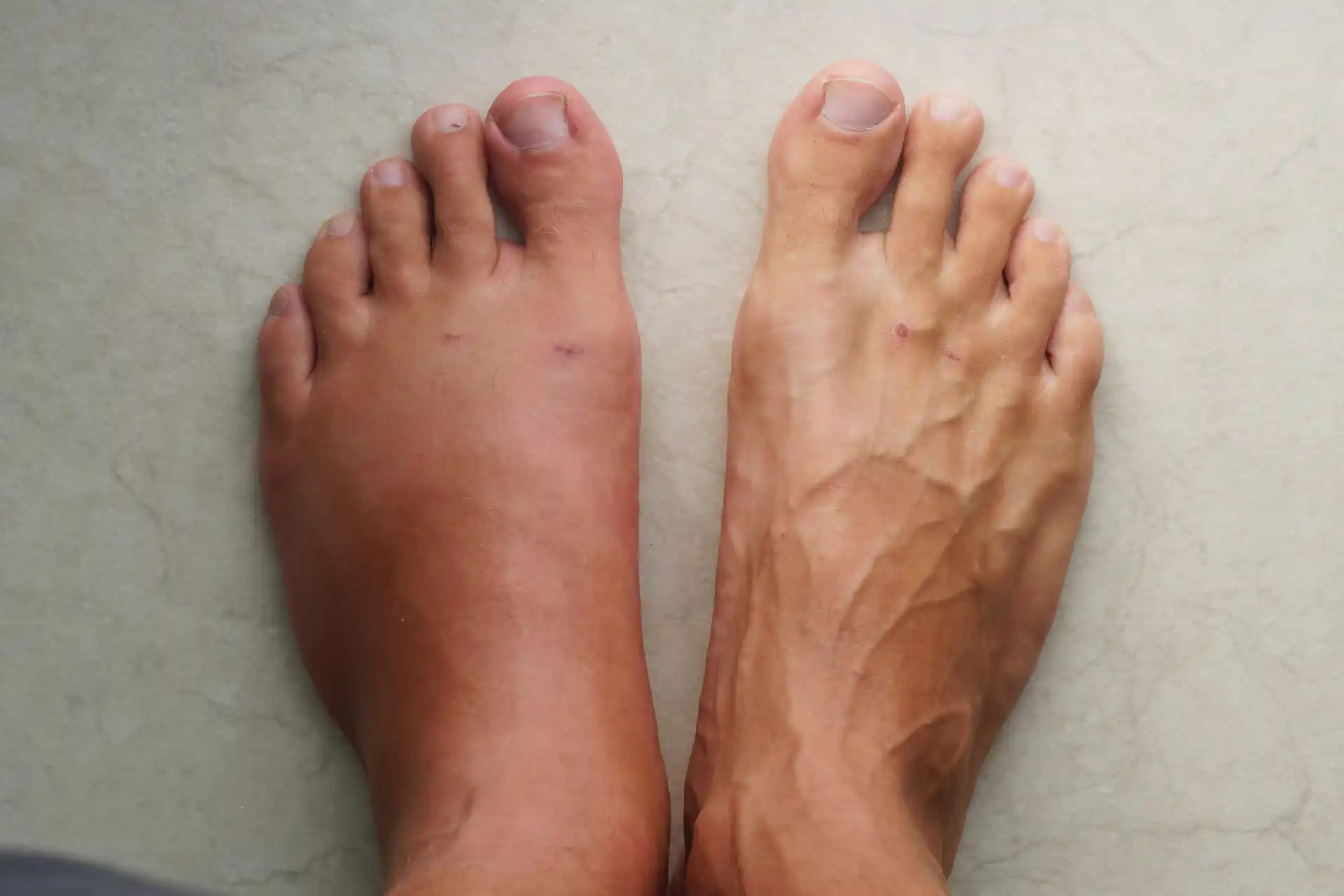Understand Charcot-Marie-Tooth Disease
Charcot-Marie-Tooth disease (CMT) is the most common inherited nerve disorder, affecting between 700,000 and 2 million people worldwide (Cleveland Clinic).
While not extremely common overall, CMT can have a major impact on daily life if unmanaged. The condition often shows up in childhood or teenage years, though it may begin at any age. Symptoms usually progress slowly, giving you time to adapt with supportive care.
The encouraging news is that CMT rarely shortens life expectancy, allowing room to focus on improving comfort, mobility, and quality of life.
If you notice warning signs such as muscle cramps, frequent tripping, or difficulty with balance, it is often best to consult a specialist. Early intervention can make a real difference in managing day-to-day challenges.
Manage Symptoms And Treatment
Learning to navigate CMT focuses on reducing discomfort, preserving mobility, and maximizing independence.
While there is no direct cure, you can choose from a variety of management strategies to support healthy function, maintain muscle strength, and address nerve pain. Below are two key avenues of care that can work in tandem: non-surgical approaches and surgical intervention when needed.
Always consult with a healthcare professional before starting a new treatment regimen for your CMT symptoms.
Explore Non-Surgical Options
Non-surgical treatments are often the first line of defense for Charcot-Marie-Tooth disease. They can help you stay mobile, reduce certain symptoms, and improve your overall sense of well-being.
- Physical Therapy: Tailored exercises, gentle stretching, and guided workouts serve as core methods to keep your muscles active. Physical therapists often use low-impact moves, such as swimming or light resistance training, to build strength and slow the progression of muscle weakness. If you also experience discomfort in areas like your feet or legs, you might want to review resources on numbness in feet or nerve pain to gain additional insight.
- Occupational Therapy: This approach helps you master daily tasks more easily. For instance, you can learn techniques to fasten clothing despite reduced finger dexterity or discover adjustments to your workspace that alleviate strain on weakened muscles. An occupational therapist might also suggest specific tools, like handheld grips, to help you accomplish everyday routines.
- Orthotic Devices: Many people with CMT benefit from braces, splints, or custom shoe inserts. Research shows that high foot arches and foot drop—common with the condition—are often alleviated by properly fitted orthotics (NHS). These devices stabilize your ankles, improve your gait, and help prevent falls.
- Pain Management: Nerve pain can include a tingling, burning, or sharp sensation in your feet and hands. To relieve it, doctors often recommend over-the-counter medications, prescription drugs, or a combination of both. Massage, gentle stretching, or targeted interventions like neuropathy treatment may also help keep discomfort in check. Pain management can be especially crucial if you already cope with other forms of peripheral neuropathy or conditions like diabetic neuropathy.
- Lifestyle Adjustments: Small daily changes can make life more comfortable. Some individuals find relief through mild to moderate exercise, such as using a stationary bike for short sessions. Taking regular breaks and adjusting your footwear can also protect your muscles and joints from undue stress.
- Fascial hydrodissection: This fluid-based treatment can release adhered fascia and soft tissue that can press on nerves—helping reduce tingling, burning, numbness, and pain associated with CMT and other peripheral neuropathy conditions.1-7
A careful balance of physical and occupational therapy, along with emotional and community support, can equip you to maneuver challenges more successfully.
This range of therapies often works best when you begin them early, so do not feel shy about discussing your options with a trusted healthcare professional.
To learn more conditions that can arise from nerve damage or dysfunction, check out our articles on median nerve compression, plantar fasciitis, and rheumatoid arthritis.
Consider Surgical Intervention
Sometimes, foot and ankle deformities become severe enough that surgery offers the best hope for regaining comfort or a healthier range of motion.
Procedures may include the realignment of bones, removal of bone spurs, or fusing certain joints to stabilize your ankle or correct foot shape.
Corrective surgery can ease pain and improve walking, but it cannot address the underlying weakness or loss of feeling associated with CMT (Mayo Clinic).
- Types Of Procedures: Foot surgeries might focus on correcting high arches, repositioning tendons, or fusing the joints of the heel and the midfoot. The aim is usually to make walking less painful and reduce the risk of future accidents.
- Recovery And Physical Therapy: Once the operation is done, you normally go through another round of physical therapy to keep your muscles from tightening and to support good healing. This step can be lengthy. Be patient—it is common for post-surgery rehab to last for several months.
- Enhancing Everyday Movement: After a surgery, you might still rely on custom-designed braces or insoles, especially when you resume normal activities. These tools help stabilize the corrected foot structure and drastically lower the odds of setbacks.
Although surgery can be a major decision, it is sometimes the right fit if non-surgical treatments do not deliver enough relief or if deformities become more painful over time.
You will want to weigh the benefits, risks, and recovery period carefully with a qualified specialist.
Care For Emotional Well-Being
Chronic conditions like CMT often go beyond muscle and nerve difficulties, significantly affecting emotional health as well. It is not unusual to feel isolated, frustrated, or worried about how your condition evolves over time.
Because CMT is progressive, you might find it helpful to connect with others who truly understand what you are facing.
- Seek Support Groups: One of the most meaningful ways to tackle emotional stress is by sharing experiences with peers who also have the condition. Talking to others with similar daily obstacles can help you feel less alone and provide fresh ideas for coping. You can often find community groups in person or online, and organizations such as Charcot-Marie-Tooth Association and similar associations in your region may direct you to relevant resources.
- Professional Counseling: If you notice signs of depression or severe anxiety, you may benefit from counseling or cognitive behavioral therapy (CBT). Therapists, psychologists, or social workers can help you develop healthy thinking patterns, plan for the future, and find a balanced outlook.
- Stay Empowered: The good news is that small steps can truly bring a sense of control to your day-to-day routine. Gentle exercise, mindful relaxation, or practicing a favored hobby all boost morale more than you may expect. When you focus on your mental well-being, it becomes easier to stick to physical regimens and maintain confidence in what your body can still accomplish.
Remember, your emotional health matters as much as your physical care. You have permission to pause, reflect, and talk to someone whenever you feel overwhelmed.
Quick Recap
Living with Charcot-Marie-Tooth disease often means adapting to physical changes and addressing emotional concerns—but it does not mean a total loss of routine or independence.
You can begin by consulting with a neurologist for a thorough evaluation, which may include a physical exam and a nerve conduction study.
From there, a blend of physical therapy, occupational therapy, orthotic support, and, if needed, surgery can help manage symptoms effectively.
Alongside medical approaches, it is vital to keep watch on your mental health through supportive communities and professional counseling.
Here are the key takeaways to keep in mind:
- Seek early diagnosis if you notice difficulty walking, frequent foot injuries, or suspected family history of CMT.
- Employ non-surgical methods as a first step, including targeted exercise, braces, and pain management strategies.
- Consider surgical intervention if foot deformities or instability severely impact your daily life.
- Stay aware of your emotional well-being—talk to peers, friends, or mental health professionals as needed.
- Follow research developments on gene therapy and in vitro procedures that may shape future CMT treatments.
If you have other forms of peripheral nerve concerns, or if you want a broader look at treating nerve conditions, you may explore peripheral neuropathy to gain more insights.
By remaining proactive, you can protect your mobility, stay connected with loved ones, and ensure that CMT does not define your every moment.
Seek RELIEF®
RELIEF® is a science-backed treatment that targets dysfunctional fascia, which may contribute to nerve irritation and peripheral neuropathy.
Using a gentle technique called hydrodissection, RELIEF® releases adhered fascia and soft tissue that can press on nerves—helping reduce tingling, burning, numbness, and pain associated with Charcot-Marie-Tooth disease and peripheral neuropathy conditions.1-7
RELIEF® is a minimally invasive alternative to traditional treatments and does not require steroids, long-term medication, surgery, anesthesia, or post-procedure immobilization.
If you’re in the Miami area and seeking relief from peripheral neuropathy, contact us today to schedule a consultation.




.jpg)

.svg)